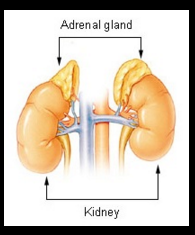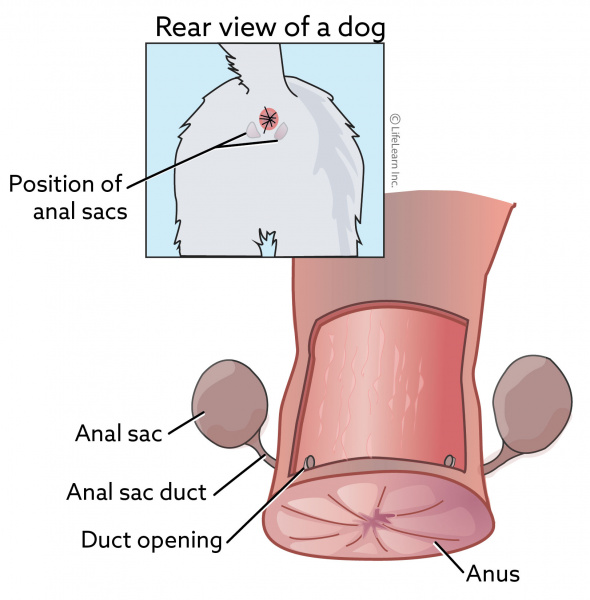
How Is Cushing’s Disease Diagnosed?Ī key point in the diagnosis of this condition is that there is no test that will identify Cushing’s disease 100% of the time, so sometimes multiple tests are needed.

What Are the Symptoms of Cushing’s Disease? This is called iatrogenic Cushing’s disease. ADH is more common in larger-breed dogs.Ĭushing’s disease can also be caused by prolonged use of prescription steroids when treating conditions like autoimmune disease or allergies. Even though these tumors may be “benign” in the sense that they are not cancerous, they still create disease by secreting too much cortisol. Less commonly, dogs with pituitary tumors will also exhibit other symptoms consistent with a brain tumor, such as seizures.Īdrenal-dependent hyperadrenocorticism (ADH): This type of Cushing’s disease is typically caused by a tumor in the adrenal gland. This is usually caused by a tumor (typically benign) or a cluster of overactive cells within the pituitary gland. This occurs when the pituitary gland, located at the base of the brain, secretes too much ACTH, the hormone responsible for stimulating production of cortisol by the adrenal gland. Pituitary-dependent hyperadrenocorticism (PDH): This is the most common type of Cushing’s disease, accounting for about 85% of cases. There are two main causes of Cushing’s disease: Excessive levels of cortisol can have widespread effects on the body, including the skin, kidneys, bladder, immune system, nervous system, and musculoskeletal system. It is one of the most commonly occurring hormonal disorders in dogs.


Cushing’s disease, also known as hyperadrenocorticism, occurs when the adrenal gland produces too much of the naturally occurring steroid hormones, primarily cortisol.


 0 kommentar(er)
0 kommentar(er)
